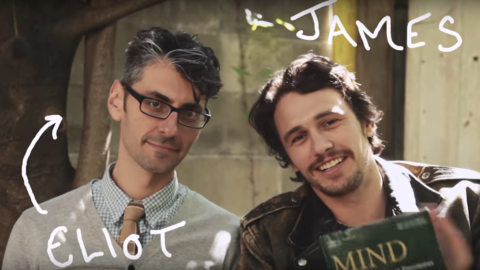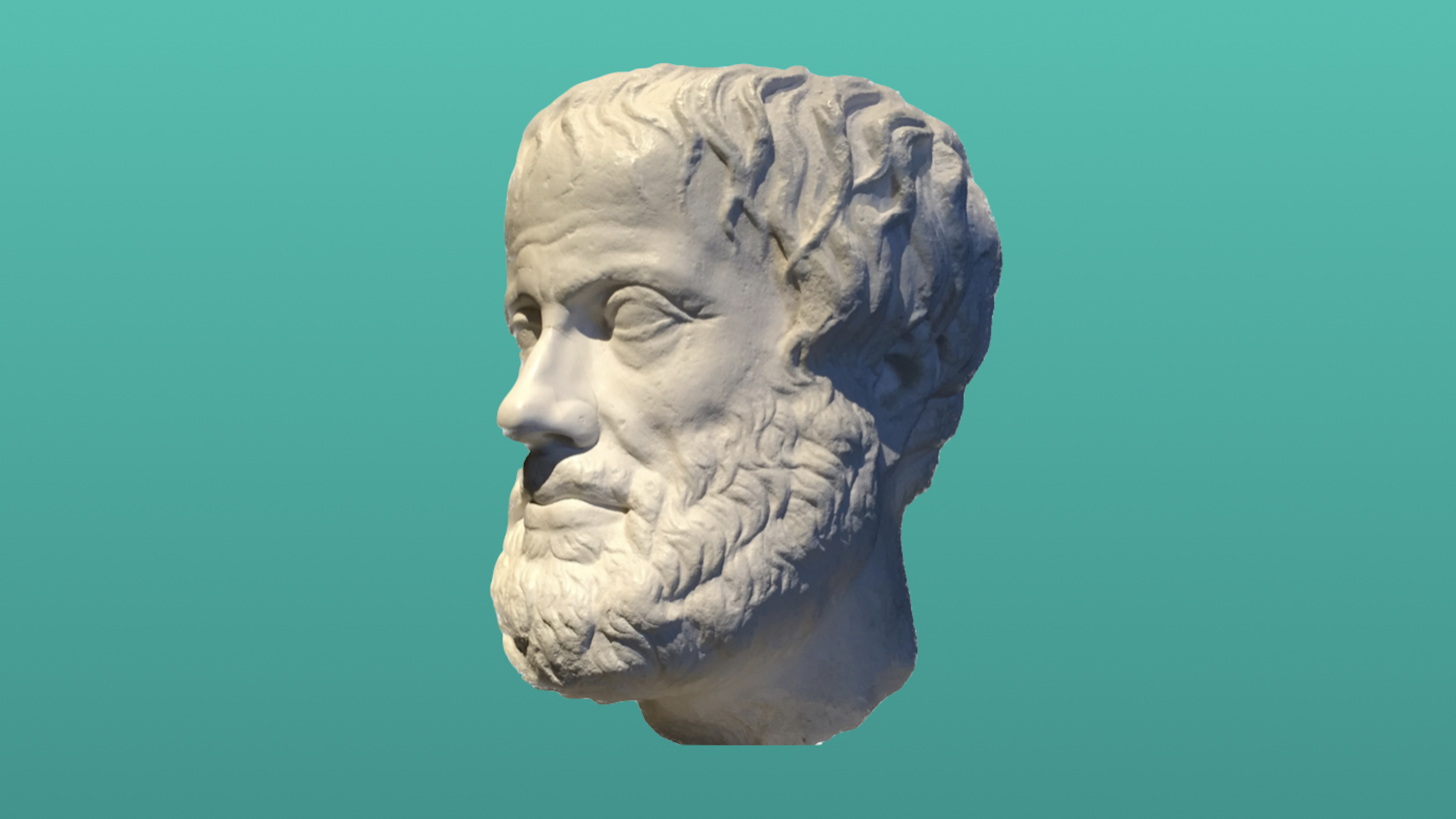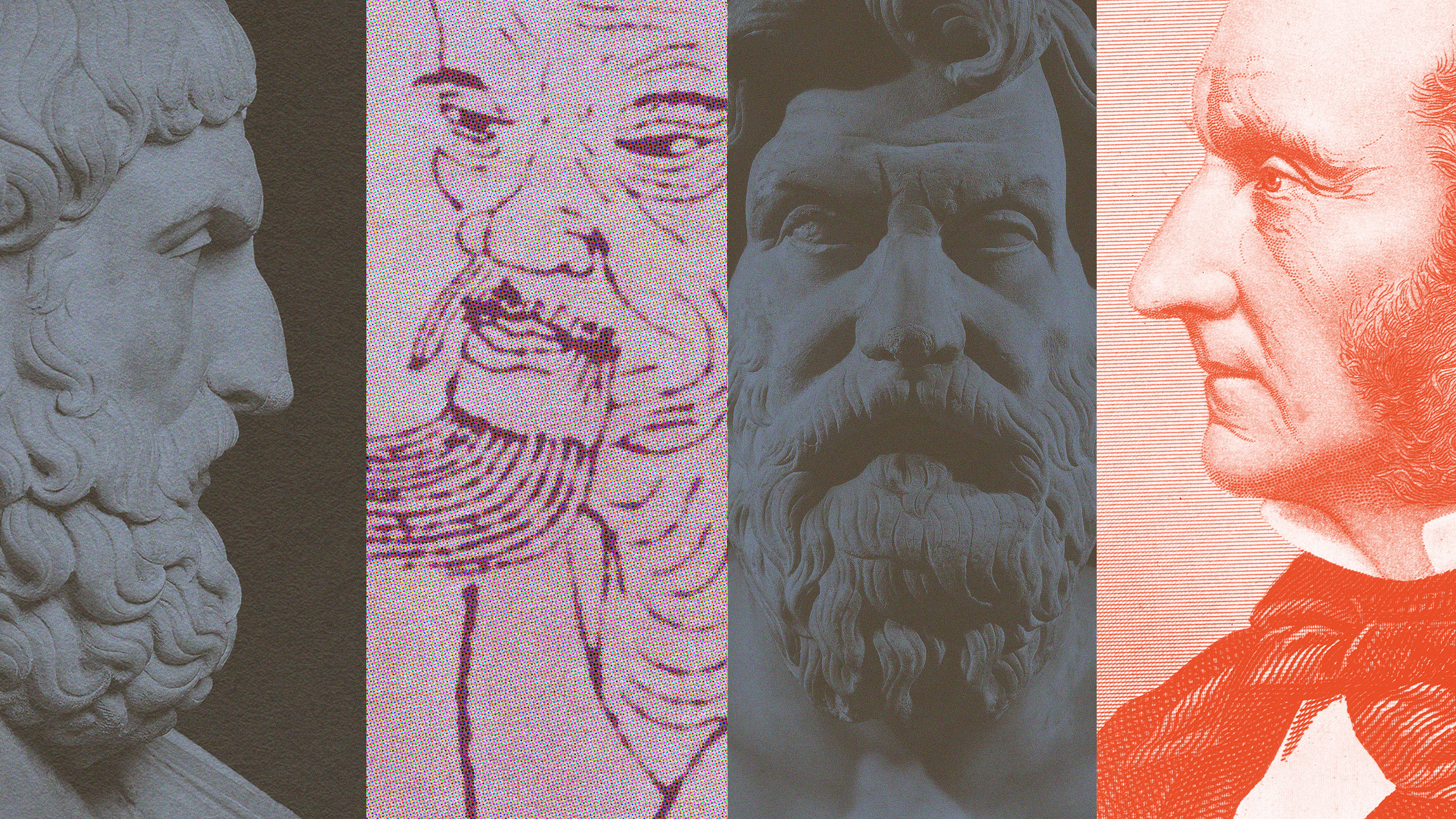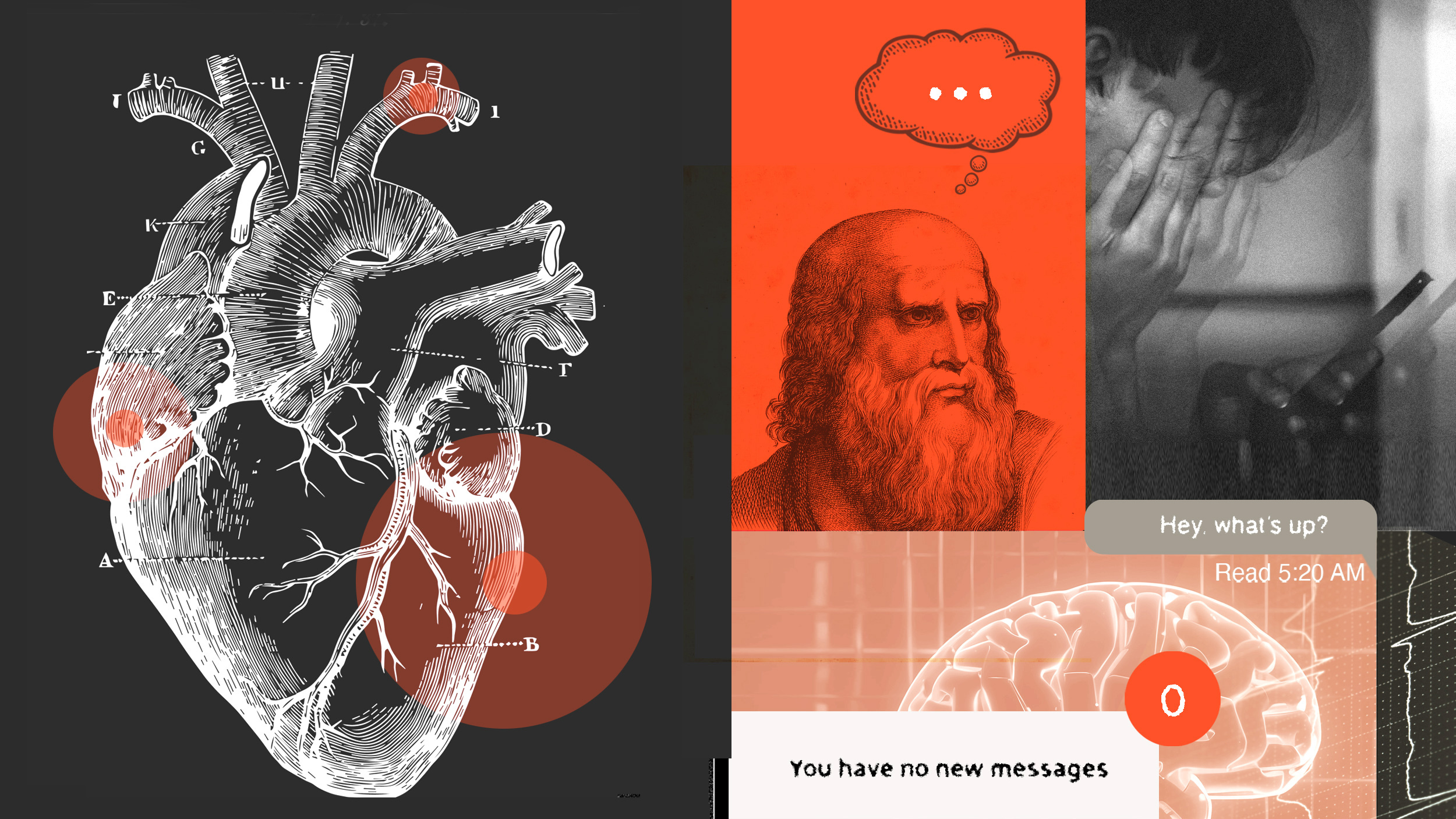James Franco Has a New Show All About Philosophy

“The unexamined life is not worth living,” allegedly declared Socrates while he was on trial for corrupting the Grecian youth. While it appears that through its endless chatter modern culture constantly examines life, its motivation seems to have nothing to do with the pure and unconditional love of wisdom, or how the ancient greeks called it: philosophy.
In an attempt to familiarize the general public with the oldest of the sciences, one unlikely duo—a Hollywood actor and a professor of philosophy, James Franco and Eliot Michaelson respectively—has launched a YouTube series called Philosophy Time.
In four published episodes so far, the hosts share 6-minute-long fragments of their conversations with fellow academics on topics like language, beauty and the ethics of abortion. Amongst the academics are Elisabeth Camp, philosophy professor at Rutgers University, who discusses the utility of metaphors and different types of imagination in helping us create a shared human experience.
In another clip, Elizabeth Harman, a professor of Philosophy at Princeton University with a special interest in morality, explains her views on the moral status of a fetus.
Andy Egan, also a professor of philosophy at Rutgers, tries to explain the concept of beauty by feeding Franco and Michaelson a lime after shutting down their sour receptors with “miracle fruit”.
Philosophy Time was conceived years ago when Franco and Michaelson, who met as a student and professor and became friends afterwards, wanted to work on something together. While many know James Franco as an A-list Hollywood actor, he is increasingly known for his writing, poetry, painting and music and being a kind of an academic junkie. Everyone wants to crack open his productivity secrets, because he has somehow found the time to earn an undergraduate degree in English from UCLA, graduate degrees from Columbia University, New York University and Brooklyn College, as well as a PhD in English (currently in the making) at Yale.
“I love school,” Franco says to People magazine. “I go to school because I love being around people who are interested in what I’m interested in and I’m having a great experience… I’m studying things that I love so it’s not like it’s a chore. School is a way to take my other pursuits like directing and writing seriously.”
Of course, 6-minute-long videos are insufficient for any in-depth examination of most subjects. While other philosophy platforms like Wireless Philosophy and The School of Life follow a similar model, it is hard to see them as a proper substitute for the philosophical discussions and gathering of minds that took place at the agora.
But maybe this is not the goal of Michaelson and Franco. As Michaelson himself says about the project:
“We need to figure out how to do more that reaches out beyond the NPR-set, to people interested in learning to think better but who didn’t have the luxury of taking a philosophy course or two in college, or even going to college at all. […] if we as a profession are going to have more of an impact on the world, we need to figure out how to reach more people, to offer them the tools for thinking hard and clearly about things that our discipline can offer. Not only in MOOCS, or in the pages of high-brow newspapers and magazines, but via whatever avenues are going to help us reach the most people in the most effective manner we can find.”
Hopefully, the format, content and Franco’s presence will indeed manage to attract and “corrupt” some youth that otherwise wouldn’t have ventured into these deep corners of thought.





